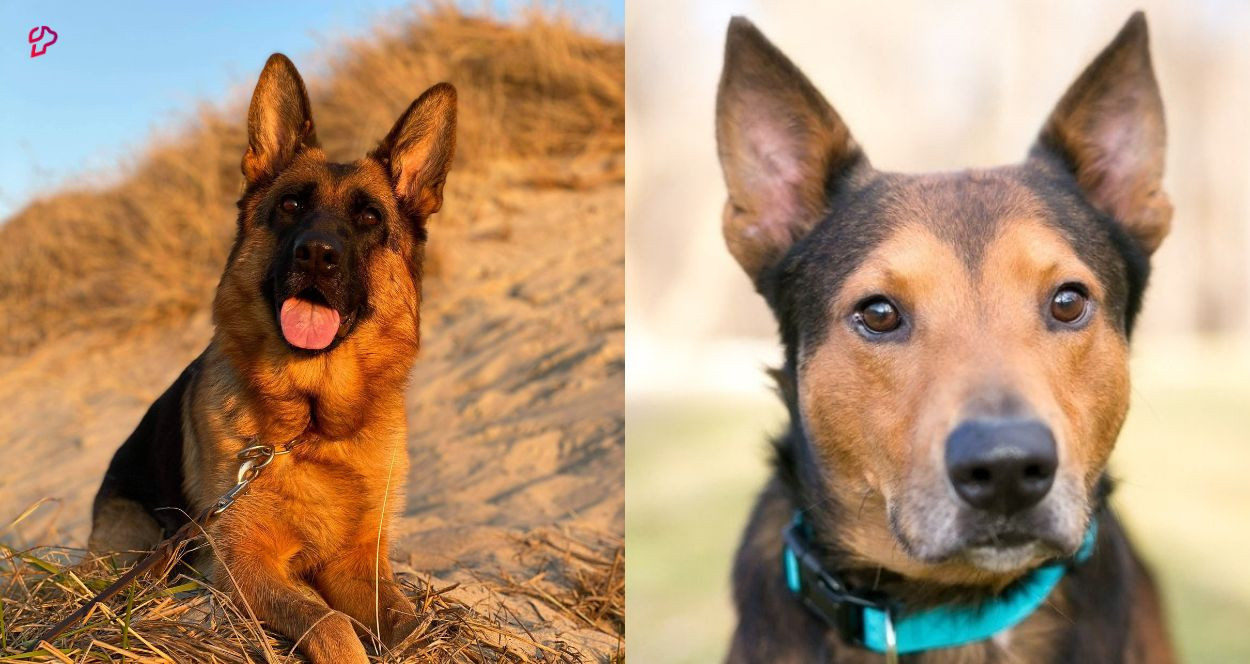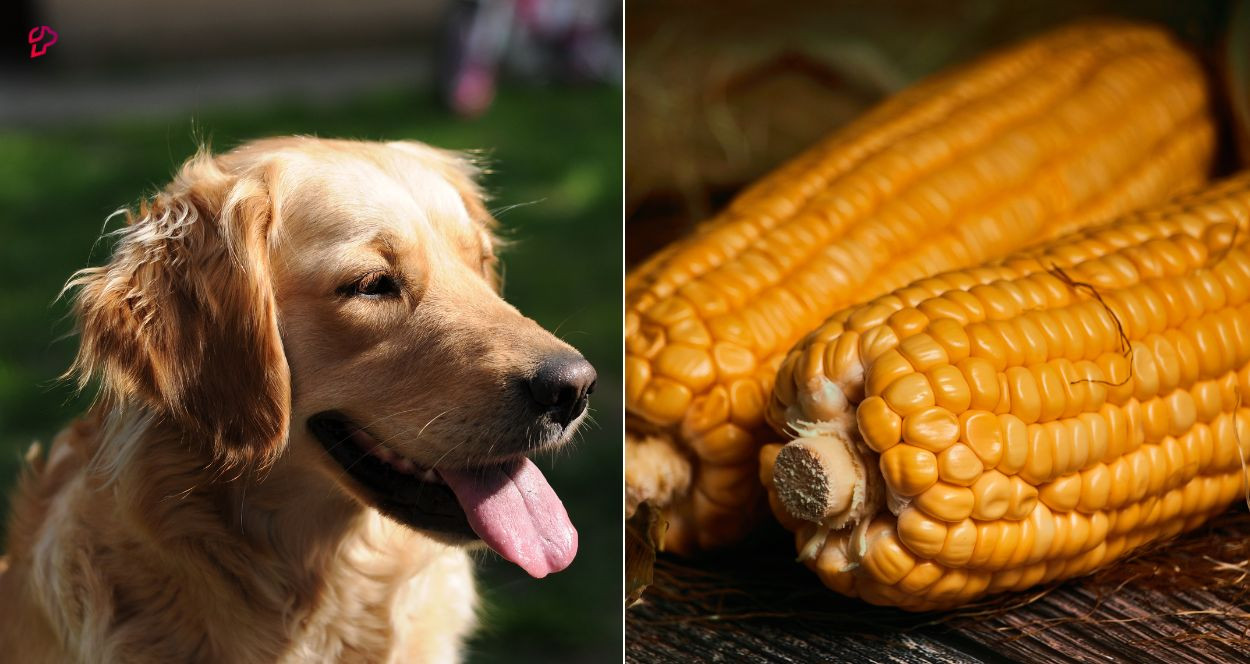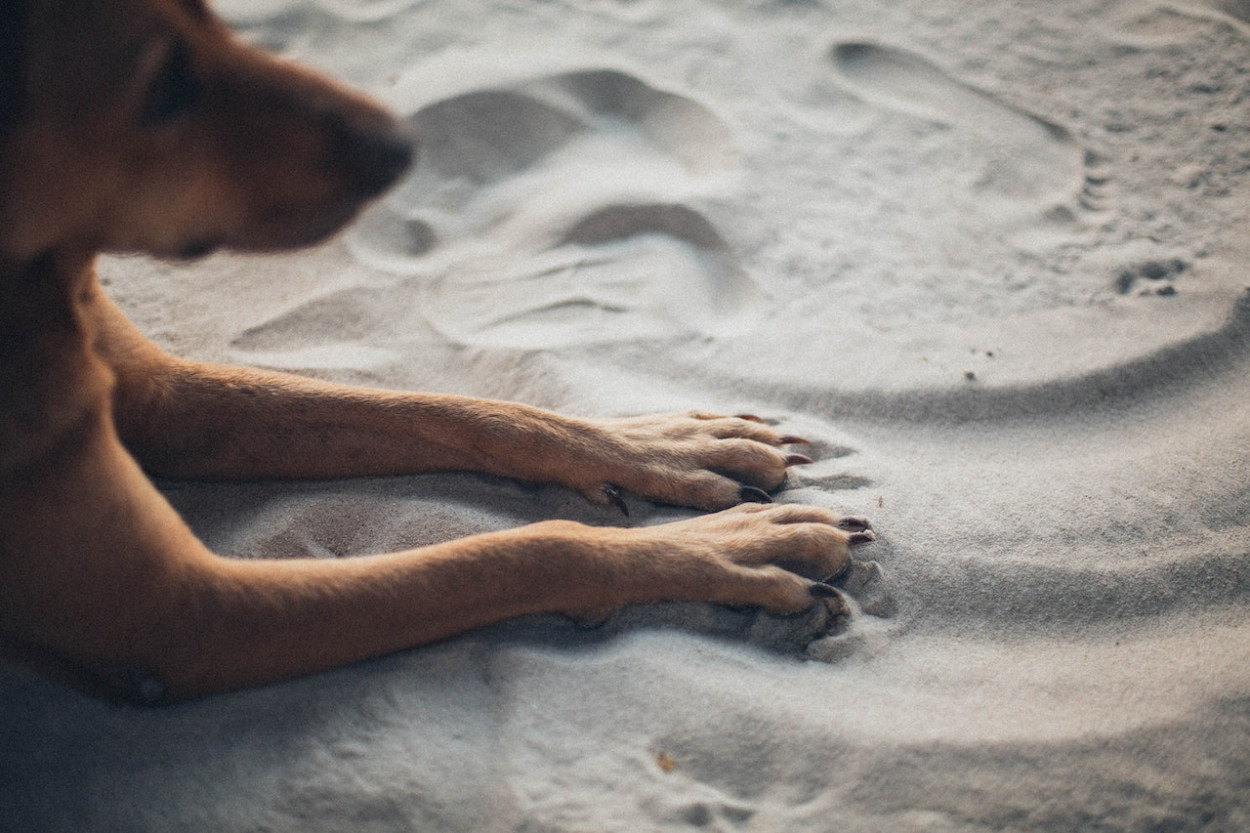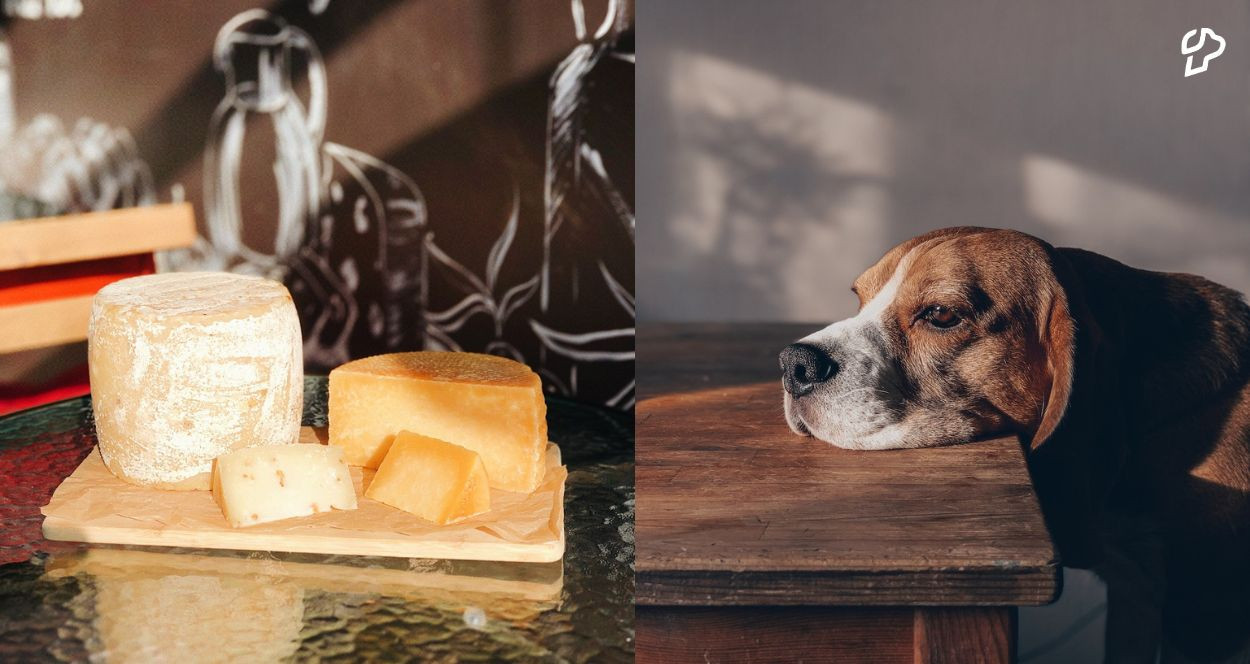Welcoming a new puppy into your home is an exciting journey filled with cuddles, playtime, and a whole lot of learning. Among the many responsibilities that come with puppy parenthood, nail care is often overlooked. Just like adult dogs, puppies require proper nail maintenance for their comfort and health. But what about very young puppies? Can you cut a 3-week-old puppy's nails? Let's explore this topic in detail and provide you with all the essential information you need to ensure your furry friend's well-being.
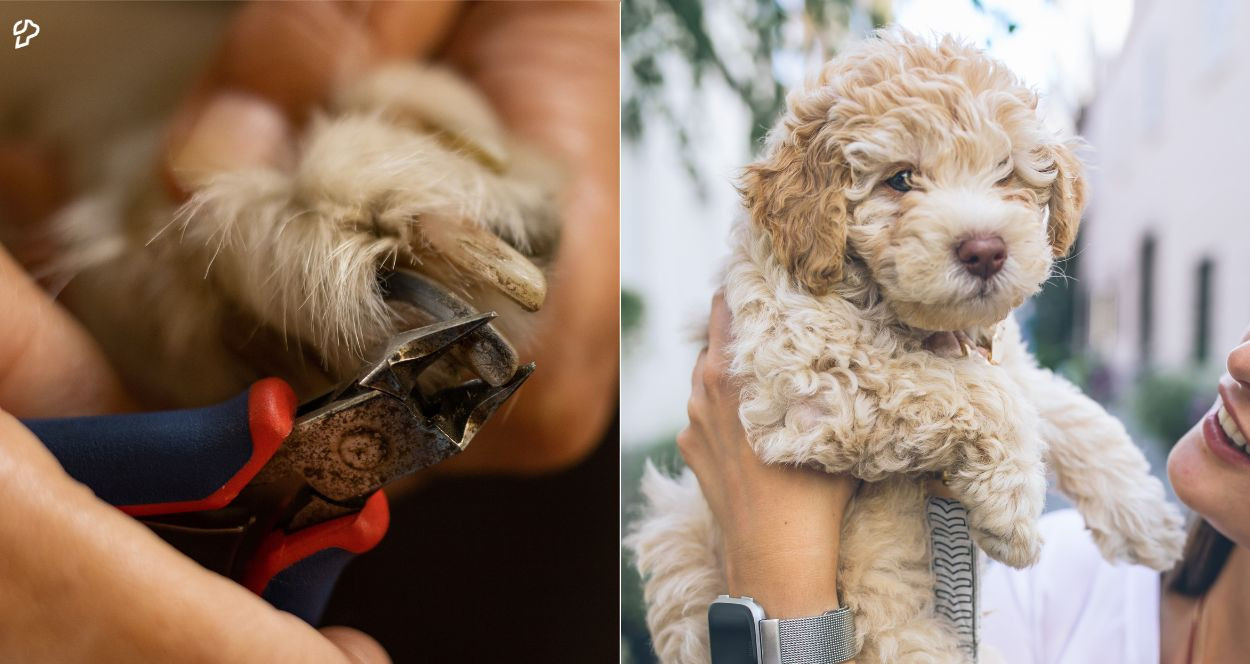
When to Start Trimming Puppy Nails
Puppy nails, particularly at 3 weeks of age, are incredibly delicate and sensitive. At this stage, their nails are still developing, and their paws are adjusting to the world around them. It's generally recommended to wait until puppies are a bit older before attempting to trim their nails. Waiting until they are around 6 to 8 weeks old provides you with a better opportunity to introduce them to the nail trimming process.
Gathering the Necessary Tools
Before you even consider trimming your puppy's nails, it's crucial to have the right tools at hand. Puppy nail clippers, which are specifically designed for small paws, should be your go-to choice. These clippers are gentler on your pup's delicate nails and minimize the risk of accidental injury. Additionally, have some styptic powder ready just in case you accidentally cut the quick (the sensitive part of the nail).
Preparing Your Puppy
Introducing your puppy to nail trimming gradually can make the process much smoother for both of you. Start by handling your puppy's paws regularly, allowing them to get used to the sensation. Offer treats and praise during and after these handling sessions to create positive associations.
Step-by-Step Guide to Trimming Puppy Nails
When your puppy reaches an appropriate age, follow these steps to trim their nails:
- Choose a quiet and well-lit area for the procedure.
- Gently hold your puppy's paw, ensuring they are comfortable and calm.
- Trim a small piece of the nail, avoiding the quick.
- If you accidentally cut the quick and bleeding occurs, apply styptic powder to stop bleeding.
- Repeat the process for each nail, rewarding your puppy with treats and praise.
What to Do If You Accidentally Cut the Quick
Accidents happen, and if you happen to cut the quick, don't panic. Applying styptic powder to the bleeding nail can help stop the bleeding. Remember, staying calm and composed is essential to reassure your puppy during such situations.
Frequency of Nail Trimming
The frequency of nail trimming varies depending on factors like breed, activity level, and growth rate. On average, you might need to trim your puppy's nails every 2 to 4 weeks. Regular checks for overgrown nails are vital to ensure your puppy's comfort.
Alternatives to Traditional Nail Trimming
If traditional nail trimming isn't your pup's favorite activity, consider alternatives like filing or grinding their nails. These methods can be less stressful and provide smoother edges. However, make sure to introduce these alternatives gradually to avoid causing anxiety.
Signs of Overgrown Nails
Spotting overgrown nails in your puppy is crucial. Signs include:
- Clicking sound when walking
- Nails getting caught in surfaces
- Changes in gait or posture
Common Mistakes to Avoid
Some common mistakes to steer clear of during puppy nail trimming include cutting the quick, using improper tools, and not being patient enough. Taking your time and staying attentive can prevent these blunders.
Importance of Positive Associations
Creating a positive experience around nail trimming can help your puppy feel more comfortable. Offering treats, using soothing words, and remaining patient can turn nail trimming into a bonding activity.
Professional Grooming vs. DIY
You might wonder if professional grooming is a better option. While groomers are skilled at handling puppies, you can certainly master DIY nail trimming with practice. It's cost-effective and also allows you to build a stronger connection with your pup.
Conclusion
Trimming a 3-week-old puppy's nails might not be necessary at this early stage, but knowing the basics of puppy nail care is essential for their overall well-being. As your puppy grows, introducing them to the nail trimming process gradually can help create a positive experience that benefits both of you in the long run.
FAQs
What happens if I don't trim my puppy's nails?
Neglecting to trim your puppy's nails can lead to discomfort, pain, and potential health issues. Overgrown nails can affect their gait and cause injury.
Can I use human nail clippers on my puppy?
It's recommended to use specialized puppy nail clippers. Human nail clippers may cause splintering or uneven cuts, potentially harming your pup's delicate nails.
My puppy is anxious about nail trimming, what can I do?
If your puppy is anxious, start by getting them used to paw handling and the sight of the nail clippers. Gradually progress to touching their nails and offering rewards, creating a positive association.
How can I tell if my puppy's nails are too long?
If you hear clicking sounds when your puppy walks or notice their nails curling excessively, it's a sign they need trimming. Also, if the nails start to get caught on surfaces, it's time for a trim.
Are there any breeds that require less frequent nail trimming?
Some breeds with naturally active lifestyles, like those that regularly run on rough surfaces, might wear down their nails naturally. However, it's still important to monitor their nail length and trim when needed.
Remember, the journey of puppy care is all about patience, learning, and building a strong bond with your furry companion. By understanding the nuances of puppy nail care, you're ensuring their comfort and happiness for years to come. Happy paw-trimming!





